Let us protect your home
home hardening
Hardening your home means taking steps to reduce the vulnerability of homes to embers and heat that accompany most wildfires. Good construction technique and choice of building materials greatly increase the resistance of homes to wildfire.
Not sure How Protected You are?
core services
Roof & Gutters
Wind-blown debris will accumulate on roofs and in gutters. Dry debris can be ignited by wind-blown embers. These flames can extend to the edge of the roof and adjacent siding. Even with Class A fire-rated roof coverings, vertical surfaces next to the roof edge will be exposed to flames from the ignited debris.
- The roof is the most vulnerable part of your home
- We Remove accumulated vegetative debris from the roof
- Ask us about Gutter Guard Installation
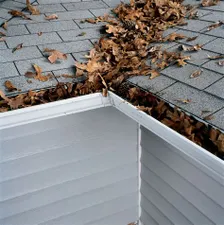

What we Can Do for you
- Document the type, Condition, and construction of roofing materials. No lose or missing coverings
- No overhanging material within 10′ of roof
- Inspect for lose or missing roofing material and no voids
- No flammable vegetation within 10′ of chimney
- Assess for Skylights- tempered glass vs plastic
- Potential of roof gutters and other surfaces or crevices where litter can collect

Roofs can be vulnerable at the roof edge where a gutter is attached. Debris in the gutter can ignite from embers, and flames can ignite other components at the roof edge
Currently offering 10% off Entire hardening package for winter special
core services
Soffit & Eave Vents
Windborne embers, convective heat, and radiant heat can be trapped under overhangs and in the upper portion of exterior walls. Once an eave, overhang, or soffit has ignited, fire can spread onto the roof, into the attic, or onto and through the exterior wall
- Unprotected vents can allow embers and hot gases to enter the attic
- Common 1/4″ screens are ineffective, and should be replaced or retrofitted
- Ask us about Fire Resistive Eave Vent Installation

What we Can Do For You
- Document condition, materials and construction used in eaves of roof overhangs
- Determine Vent Style and Size
- Determine Total Number of Eave/Soffit Vents on Structues

Eaves are located at the down-slope edge of a sloped roof and serve as the transition between the roof and the wall. Eaves, Overhangs, and Soffits panels are vulnerable to damage from wildfires
core services
Gable Vents
Vents create openings for flying embers. Ember entry through vents can result in ignition of combustible materials in the attic and result in a building burning from the inside out.
- Common 1/4″ screens are ineffective, and should be replaced or retrofitted
- Cover all existing vent openings with 1/8-inch or 1/16-inch wire mesh from the roof
- Ask us about Gable Vent Retrofits

What we Can Do For You
- Install or Retrofit Fire Resistive 1/8" Gable Attic Vents

Attic and crawl space vents provide an entry point for embers. Vents should be
covered by, at a minimum, ⅛-inch noncombustible corrosion-resistant metal
mesh screening
core services
Siding
Combustible siding can make your home vulnerable to wildfire. First, the siding can ignite, with flame spreading up the wall, providing a flame contact exposure to other components on the wall, including windows, eave (soffit), and vents. The second way combustible siding makes your home vulnerable to wildfire is when fire penetrates through the siding (most likely at a horizontal or vertical lap joint between individual pieces of the siding material), into the stud cavity, and then into the living space of the home.
- Combustible siding products are widely used, including solid wood, wood composite materials and plastic/vinyl products
- Maintain 6 inches of vertical noncombustible material between the ground and the start of the siding
- Inspect all siding. Plug or caulk gaps and joints
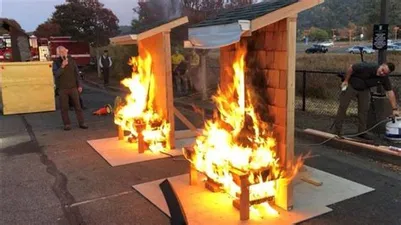

What we Can Do For You
- Inspect all siding. Plug or caulk gaps and joints
- Vertical clearance from ground surface greater then 6 inches
- Develop adequate defensible space, particularly within the ember-resistant zone

If the siding ignites, a fire can: 1) penetrate through the stud cavity into the
home, 2) spread up the side of the home and enter windows or other openings
such as dryer vents, and 3) spread into the attic at a gable-end vent or an
under-eave area
Currently offering 10% off Entire hardening package for winter special
core services
Decks
If a deck attached to a home ignites, the home can be exposed to flames and/or radiant heat. What is stored underneath and on top of decks can also be an ignition source. Depending on the decking material, embers can also directly ignite deck boards. Decks that overhang a slope can be exposed to flames if trees and other vegetation downslope of the deck ignite, resulting in flames contacting the bottom of the deck.
- Most commercially available deck boards are combustible
- Higher density hardwood decking and plastic composite decking are less vulnerable to ignition by embers compared to softwood decking
- If a deck overhangs a slope, create and maintain an effective defensible space downslope of the deck to reduce the chance of flames reaching the underside of the deck
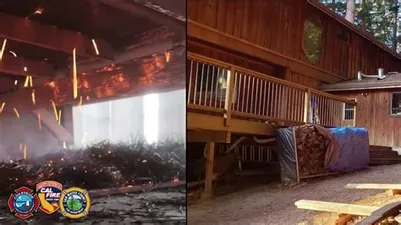

What we Can Do For You
- Document areas next to or under a structure where combustible materials that present a source of flame exposure to the structure might collect
- Document combustible materials underneath, on, or next to your deck
- Develop adequate defensible space, particularly within the ember-resistant zone

The vulnerability of decks to wildfire will depend on the decking board material, any combustible materials stored under the deck or kept on the deck, and the topography and amount and condition of vegetation leading to the deck
core services
Garage Door
Garages are especially vulnerable to embers and ash. Embers can enter a garage as easily as dust, potentially igniting a house from the inside.
- Whether a garage is detached or attached, include it in defensible space planning and maintenance, including the ember-resistant zone
- Close garage doors when wildfire is threatening
- Add a battery back-up to the garage door motor so that the garage can easily be opened or closed if power is out.
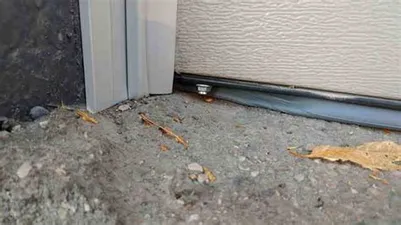

What we Can Do for You
- Document the materials used in windows and other openings in vertical openings
- Single, Double, or Triple Pane windows
- Document vegetation or other combustible materials within 5 feet of windows and glass doors
- List Item

Garages can threaten homes if the garage ignites. Since it is normal to store combustible materials in a garage, steps should be taken to reduce the ignitability of the garage because embers can easily enter under or around poorly sealed garage doors
core services
Windows
Windows can be a vulnerable component of a home if the framing material ignites or deforms, or if the glass breaks and falls out, both allowing embers or flames to enter the home. The most vulnerable part of a window is the glass
- When replacing windows, choose multi-pane options containing tempered glass
- Install screens in all operable windows. Screens increase ember resistance by keeping embers out of the home and also decrease radiant heat exposure.
- Close windows when wildfire is threatening.
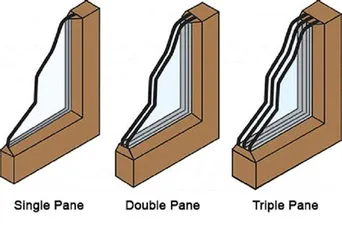

What we Can Do for You
- Document the materials used in windows and other openings in vertical openings
- Single, Double, or Triple Pane windows
- Document vegetation or other combustible materials within 5 feet of windows and glass doors
- List Item
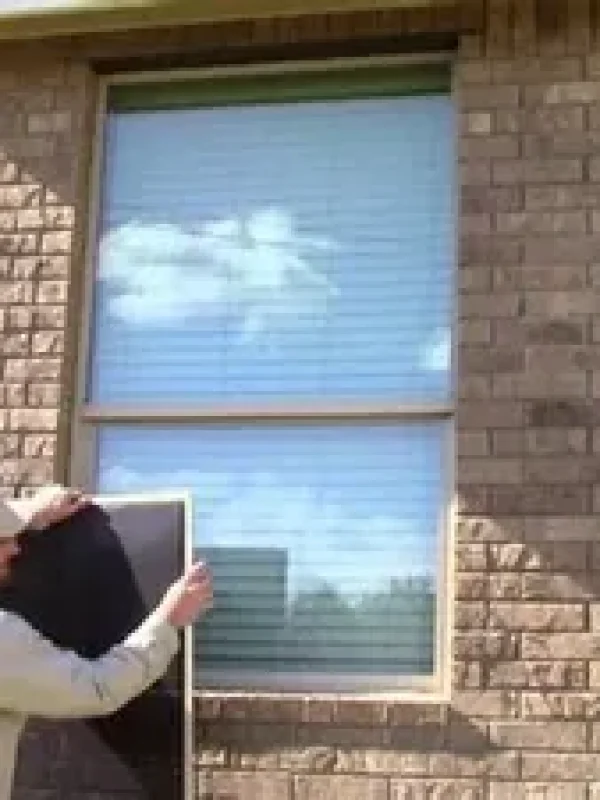
Tempered glass is three to four times more resistant to heat exposures than
typical annealed glass and is therefore a better choice when selecting windows
start your project now
contact us today
Andrew @1stdefensehomehardening.com
We reply within 24 hours
Have any questions?
(707) 955-4740
Working hours
Mon-Fri, 9am until 6pm

